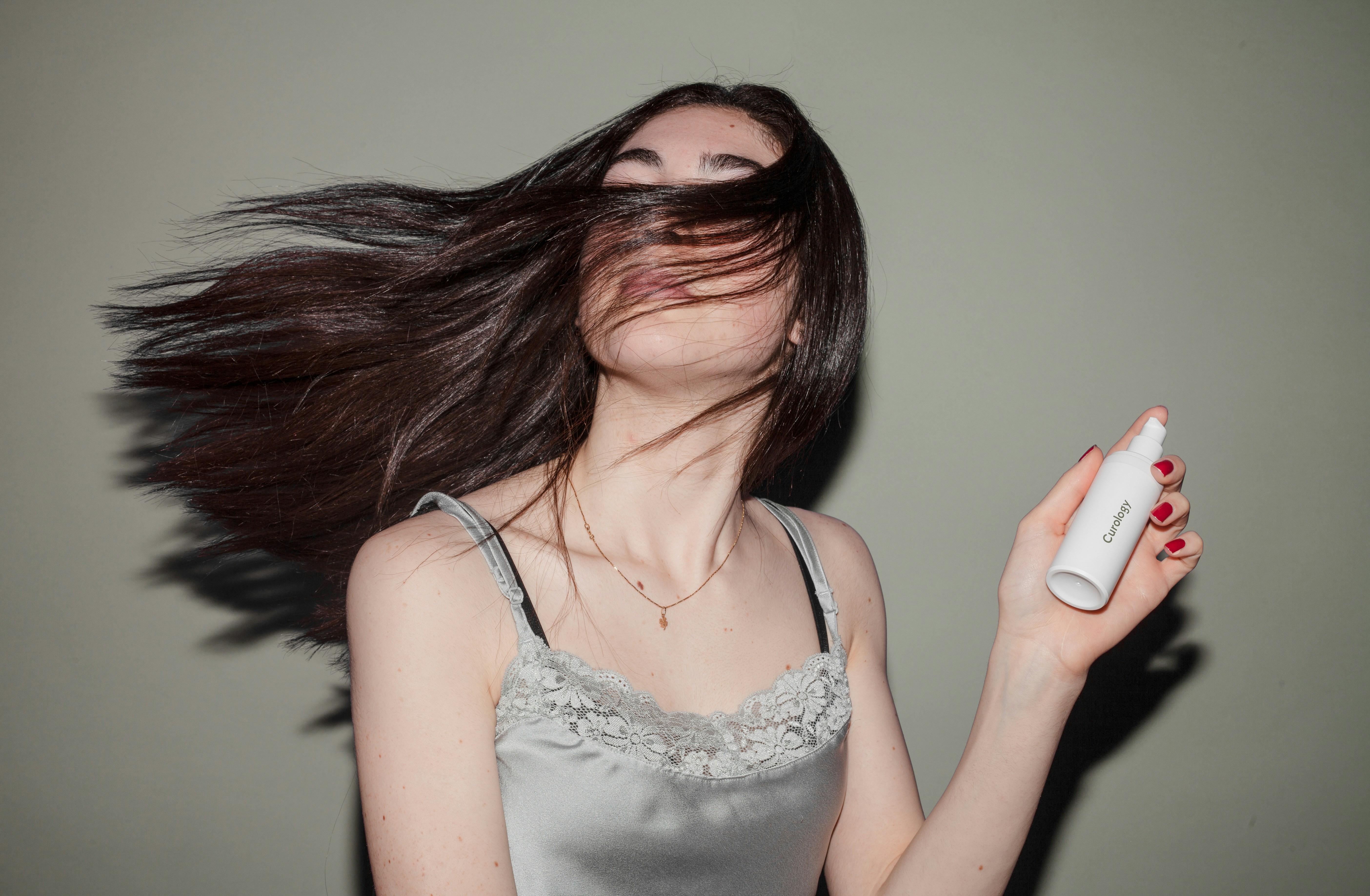image source :by curology on Unsplash
Commonly used plastic types for cosmetic packaging materials
When it comes to cosmetic packaging materials, plastic is one of the most commonly used materials due to its versatility and cost-effectiveness. There are many types of plastics commonly used in cosmetic packaging, each with its own unique properties and characteristics. The two most commonly used plastics in cosmetic packaging are ABS and PP/PE. In this article, we will explore the properties of these plastics and their suitability for use in cosmetic packaging materials.
ABS, short for acrylonitrile butadiene styrene, is an engineering plastic known for its high hardness and durability. But it is not considered environmentally friendly and cannot come into direct contact with cosmetics and food. Therefore, ABS is often used for inner covers and shoulder covers in cosmetic packaging materials that are not in direct contact with cosmetics. ABS has a yellowish or milky white color, making it suitable for a wide range of cosmetic packaging applications.
On the other hand, PP (polypropylene) and PE (polyethylene) are commonly used environmentally friendly materials in cosmetic packaging. These materials are safe for direct contact with cosmetics and food, making them ideal for cosmetic packaging materials. PP and PE are also known for being filled with organic materials, making them suitable for a wide range of cosmetics, especially skin care products. These materials are white, translucent in nature and can achieve varying degrees of softness and hardness depending on their molecular structure.
One of the main advantages of using PP and PE in cosmetic packaging materials is their environmental protection. Unlike ABS, which is not environmentally friendly, PP and PE can be recycled and reused, making them a more sustainable choice for cosmetic packaging. Additionally, their ability to come into direct contact with cosmetics and food products makes them a versatile and practical choice for cosmetic packaging materials.
In terms of their physical properties, PP and PE offer a range of softness and hardness options based on their molecular structure. This allows cosmetic manufacturers to tailor packaging materials to the specific needs of their products, whether they require a softer, more pliable material or a harder, more rigid material. This flexibility makes PP and PE suitable for a wide range of cosmetic packaging applications, from lotions and creams to powders and serums.
For cosmetic packaging, material selection is critical not only to the protection and preservation of the product, but also to the safety and satisfaction of the end consumer. PP and PE combine durability, flexibility and safety, making them popular choices for cosmetic packaging materials. They are capable of direct contact with cosmetics and food and are environmentally friendly, making them a practical and sustainable option for cosmetic packaging.
To sum up, although ABS is a durable and hard engineering plastic that is often used in the inner cover and shoulder cover of cosmetic packaging, it is not environmentally friendly and cannot come into direct contact with cosmetics and food. On the other hand, PP and PE are environmentally friendly materials that can come into direct contact with cosmetics and food, making them very suitable for various cosmetic packaging applications. Its versatility, safety and environmental protection make it a popular choice for packaging materials for cosmetics, especially skin care products. As the demand for sustainable and safe cosmetic packaging continues to grow, the use of PP and PE is likely to become more common in the cosmetics industry.
Post time: Aug-29-2024

